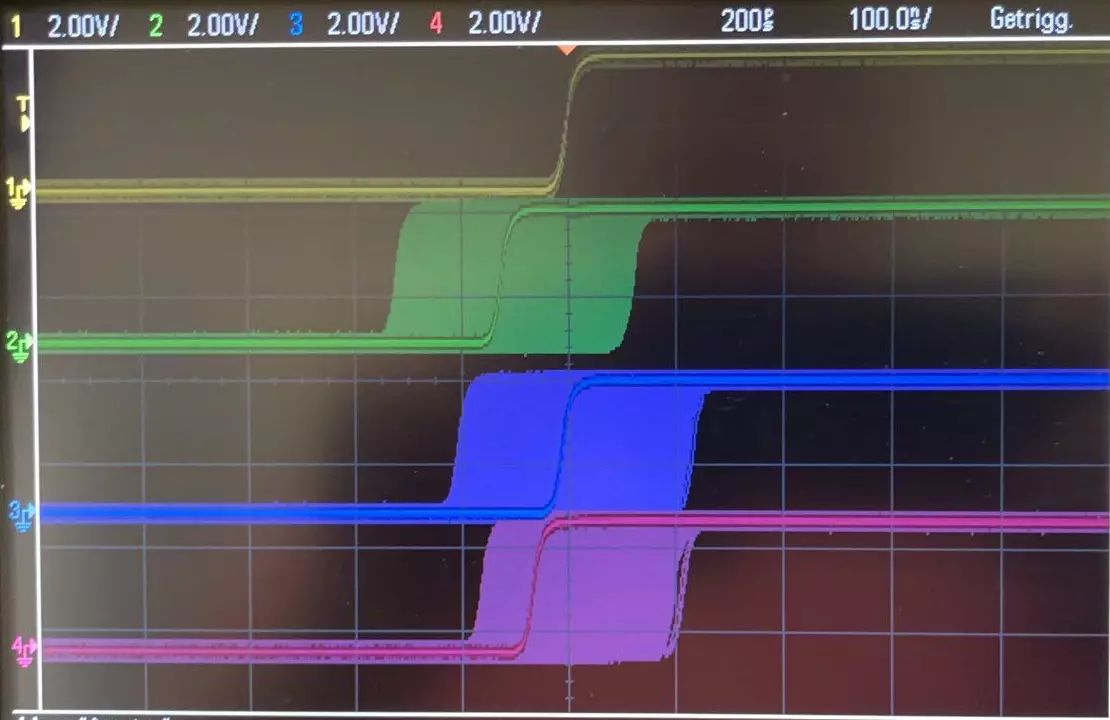High-precision Time Synchronization with PTP and gPTP
The Precision Time Protocol (PTP, IEEE 1588) and the Generalized Precision Time Protocol (gPTP, IEEE 8201.AS) are two related protocols for highly accurate time synchronization over different transmission media. InES has been actively involved in standardization in the IEEE from the beginning. IEEE published PTP first in 2002 and upgraded it to version 2, and 2.1, respectively, in 2008 and 2019.
Our current focus is on gPTP. gPTP restricts many options of PTP and defines some specialties. It was standardized by the Audio-Video Bridging (now Time Sensitive Networking) Task Group of IEEE 802.1 in an initial version in 2011, and significantly expanded in 2020 (IEEE 802.1AS-2020).
Today, many Ethernet chips and CPUs exist that support hardware timestamping. Both protocols achieve accuracies well below one microsecond with HW timestamps and down to the nanosecond range in special implementations.

The diagram on this page shows the measured PPS (pulse-per-second) of nodes 1, 2, 5 and 7 of a daisy chain, with an AS-2011 Grandmaster clock attached to node 1 via an AS-2011 capable Ethernet Switch.
InES has worked with Hirschmann Automation and Control to implement both IEEE 1588v2 and IEEE 802.1AS. While IEEE 1588v2 is an established standard readily available for many operating systems, IEEE 802.1AS is still evolving, and new functions are added. For our research activities we use our own, portable, OS-independent implementation of the standard; third parties can also license the source code (details see here). Participation at TSN plug fests of the Industrial IoT Consortium IIC helps to discover interoperability and real-world issues at an early stage.
The major enhancements defined with the 2020 edition of the standard include:
- Support for multiple time domains to transmit a free-running, system-wide "working clock" for control and network operation in parallel with a global time base for sequence of event recording.
- The option to explicitly define the synchronization tree, a feature useful for engineered networks such as industrial automation, aerospace, or automotive Ethernet.
Not yet standardized, and currently under definition at IEEE, are hot standby redundancy with gPTP and enhancements to increase the accuracy for networks with up to 100 hops.
Another topic that increasingly gains attention are wireless technologies to support TSN, where time synchronization is a base functionality. Both 5G / 5G Advanced and WiFi 6 / WiFi 7 define beneficial features.
Examples for projects where we use our gPTP implementation include performance and latency evaluation of communication systems, or our investigations of TSN related behavior of single-pair Ethernet (10BASE-T1L and -T1S).